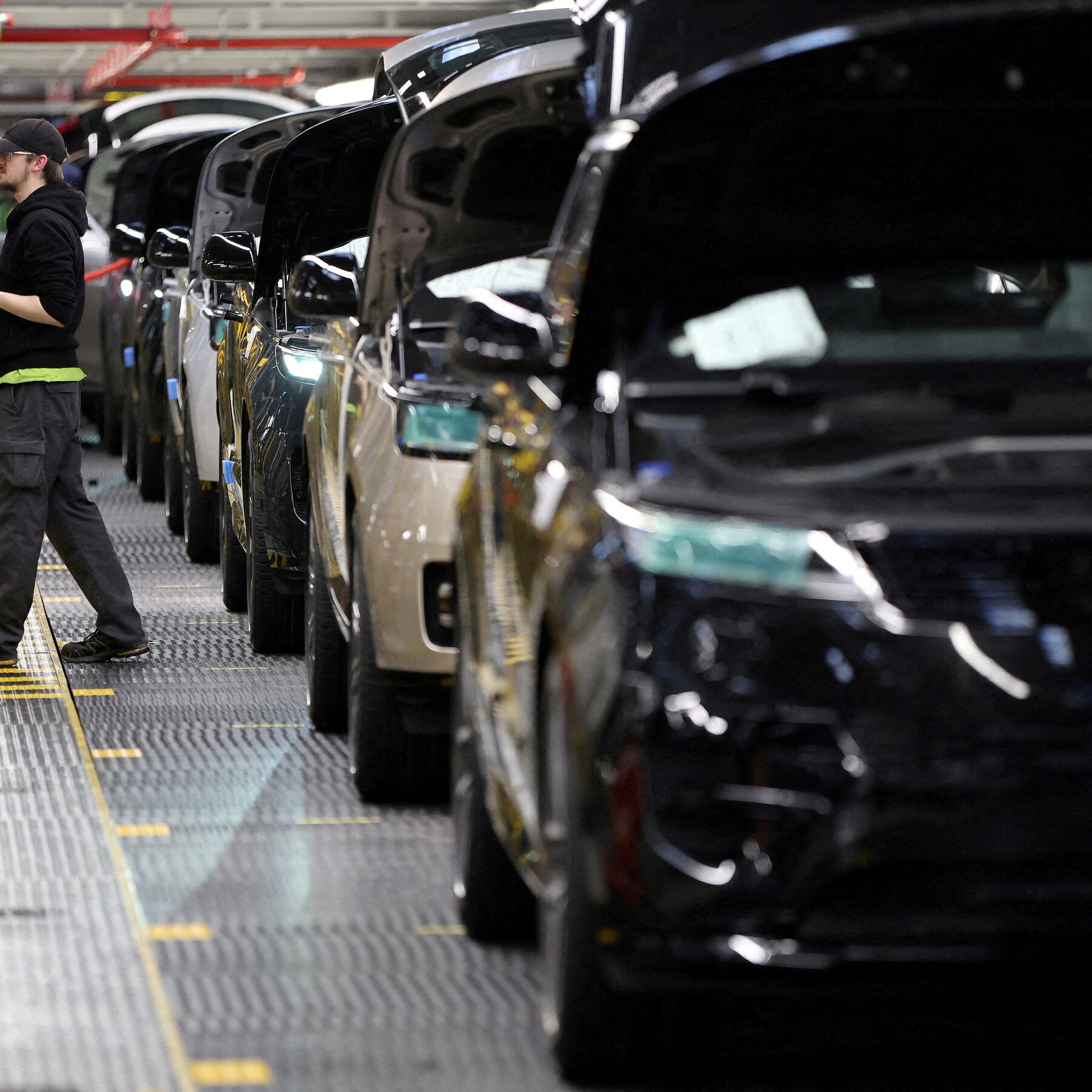Chinese Technology Reshapes Climate Politics at COP30 in Belém, Brazil
U.S. Presence Diminishes While Europe Faces Challenges
At this year’s COP30, the United States has markedly reduced its visibility on the negotiating floor, leaving a vacuum that European nations are struggling to fill. Delegates from the EU have reported internal disagreements over funding mechanisms and policy targets, which have hampered their ability to present a united front.
Emerging Economies Ride a Wave of Affordable Renewables
In contrast, a coalition of emerging countries is capitalising on an unprecedented influx of low‑cost renewable‑energy equipment. The surge is largely driven by Chinese manufacturers, whose mass‑produced solar panels, wind turbines, and battery storage systems are flooding markets across Africa, Latin America, and Southeast Asia.
"The price drop is a game‑changer for us," said a senior official from Brazil’s Ministry of Mines and Energy. "We can now expand solar farms in the Amazon basin and install wind farms on the coast without the budget constraints that held us back a decade ago."
Implications for Global Climate Governance
The shift in technological supply is redefining power dynamics at the summit. While traditional donors grapple with budget cuts and political gridlock, the accessibility of Chinese renewables is enabling developing nations to set ambitious climate targets independently.
Key takeaways:
- China’s low‑cost green tech is accelerating renewable‑energy adoption in the Global South.
- European negotiators are seeking new alliances to compensate for the United States’ reduced role.
- Emerging economies are increasingly shaping the agenda, pushing for technology transfer and financing that reflect their rapid deployment needs.
Looking Ahead
Analysts warn that the growing reliance on Chinese equipment could create new dependencies, but they also note that the competition may spur innovation and lower prices worldwide. As COP30 draws to a close, the emerging nations’ momentum suggests a rebalancing of climate leadership that could reshape international negotiations for years to come.







